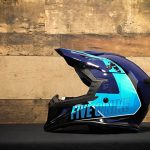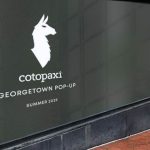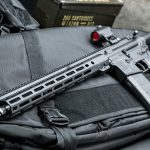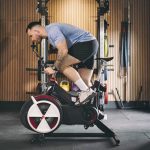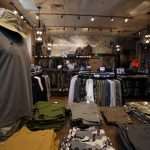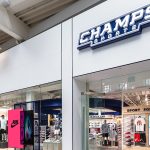Timberland said its second quarter results reflected solid global growth in footwear, apparel, and accessories and continued progress in enhancing gross margins. The company acknowledged a tougher climate for outdoor-related product in the U.S. sporting goods market, but pointed to continued and expanding strength in the department store channel. In Europe, a softer apparel business was blamed on the companys own missteps in product.
Total U.S. revenues grew 7.6%, which they said reflected “balanced growth from footwear and apparel offerings”. TBL said the double-digit gains in apparel sales were due to “solid gains in department stores” and “expansion in independent distribution.” U.S. footwear was said to have posted “solid increases”, due primarily to “strong growth in mens ad womens casual, kids, and outdoor performance sales.” Wholesale footwear sales were helped by strong growth in suburban and outdoor channels. The new Merge product, which is a hybrid boot/sneaker that many liken to an outdoor AF1, was called out as a key contributor.
The Consumer Direct side of the U.S. business benefited from the addition of three outlet stores at the end of last year, but overall outlet store sales were said to have been impacted by higher gasoline prices as more people stayed closer to home. The company saw continued strong gains in the e-commerce business and strong improvement in store margins. Overall profits from the Consumer Direct business doubled in the second quarter even as comps declined slightly.
TBL is launching a new in-store custom boot program called Boot Studio that will enable a consumer to design their own customized boots from more than a half million combinations of leathers, colors, and details. The boots will be built in the companys Caribbean factories and delivered direct to the customer. The program will launch in the U.S. in August and will roll to Europe and Asia in September.
Total International sales were up 10.5% to $91.2 million, or up 3.7% in constant dollar terms, reflecting double-digit constant dollar sales gains in Asia, which offset flat constant dollar sales performance in Europe.
Overall European sales were up roughly 6% for the quarter, but were flat on a constant dollar basis. Constant dollar footwear sales declined “moderately” in Q2 due to earlier timing of spring deliveries and were said to be up “strong double-digits” YTD. TBL said that footwear sales were also impacted by lower off-price sales in Europe. Apparel sales in Europe reportedly “grew moderately” in Q2, which reflected better availability in core product inventory and higher off-price sales. TBL president and CEO Jeff Swartz said that the company allowed the range to get “too fashionable”, an issue they feel was addressed for the spring 2005 range.
In Asia, sales increased about 23%, or 17% on a constant dollar basis, due to “solid growth” in Japan and “strong double-digit gains” in key Southeast Asia markets. Apparel saw a double-digit gain in the period.
Total global consolidated sales were up 6.1% on a constant dollar basis.
TBL is still targeting mid- to high-single-digit revenue growth for the balance of the year and plans to deliver double-digit profit gains and strong cash flow in 2004.


